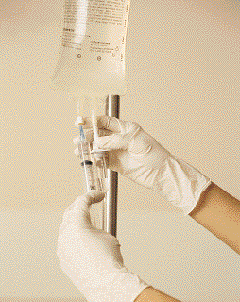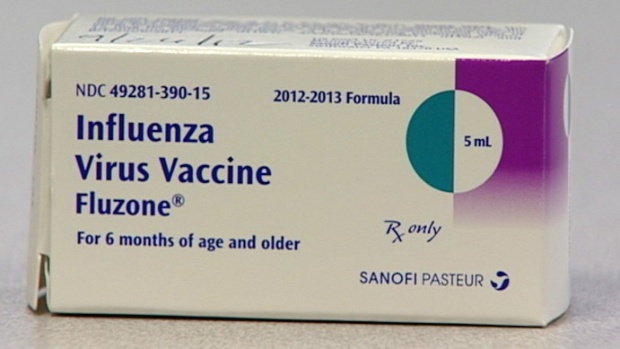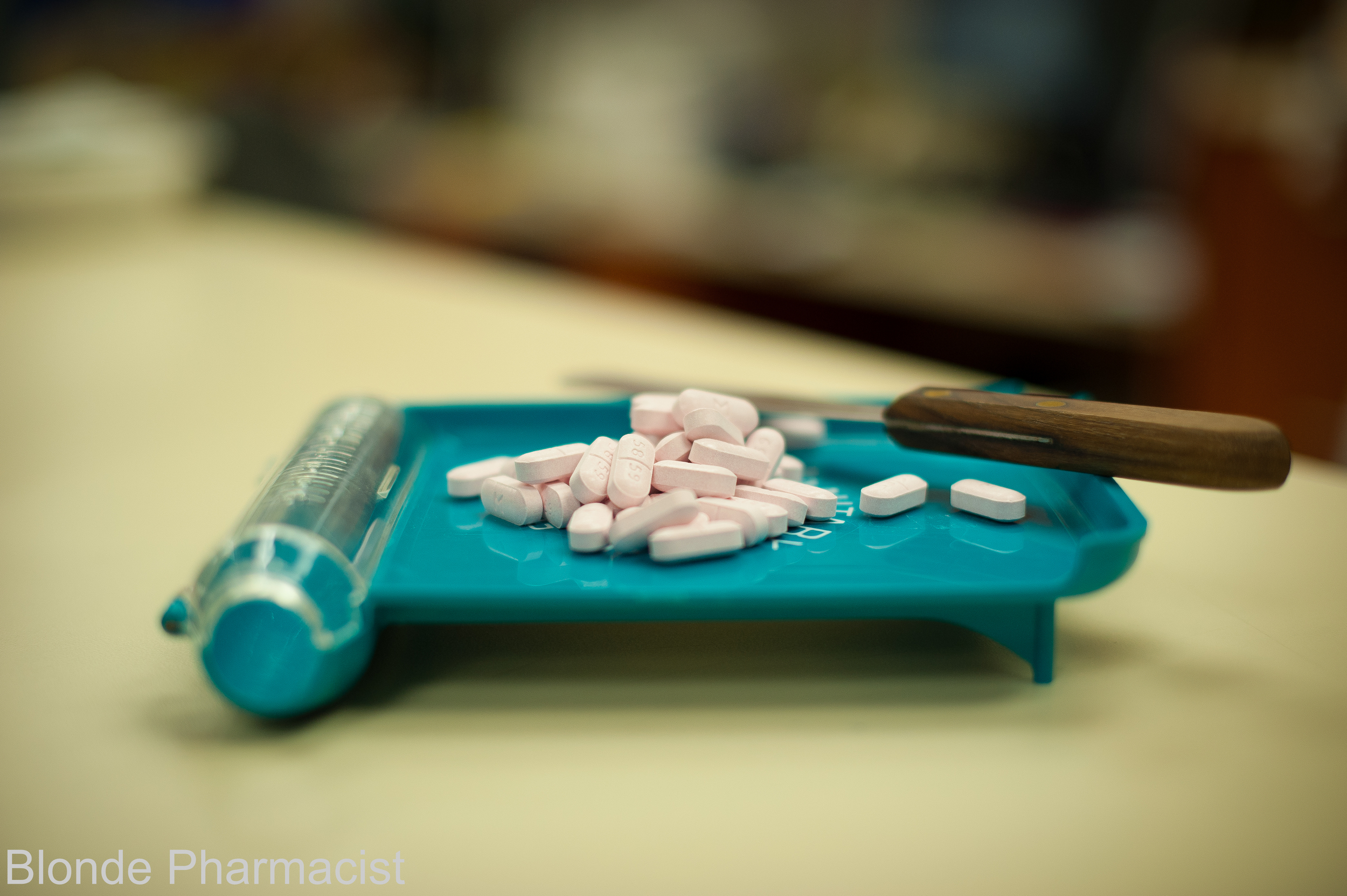A.S.P.E.N.'s Parenteral Nutrition Handbook, 2nd Edition
/As a pharmacist and a clinician at my local hospital, there have been times where I am starting a new PN (total parenteral nutrition) and needed help beyond the usual formula or write-up that we use. In the information age, we have a diverse amount of information online at our fingertips; however sometimes this information can be from sources that are not legitimate. I can google PN and a disease state and hope for something relevant, or I can seek out material that is tried, true and tested.
The A.S.P.E.N. Parenteral Nutrition Handbook, 2nd Edition is a pocket-sized handbook or quick reference that covers many parenteral nutrition topics with students in dietetics, nursing, medicine and pharmacy in mind. There are 10 fully revised chapters from the 2009 1st edition including:
1. Chapter 1: Nutrition Screening, Assessment, and Plan of Care
2. Chapter 2: Overview of Parenteral Nutrition
3. Chapter 3: Parenteral Nutrition Access Devices
4. Chapter 4: Parenteral Nutrition Formulations and Managing Component Shortages
5. Chapter 5: How to Prescribe Parenteral Nutrition Therapy
6. Chapter 6: Review and Verification of Parenteral Nutrition Orders, Preparing Parenteral Formulations, and Ordering
7. Chapter 7: Parenteral Nutrition Administration and Monitoring
8. Chapter 8: Complications of Parenteral Nutrition
9. Chapter 9: Medication-Related Interactions
10. Chapter 10: Home Parenteral Nutrition Support
These chapters cover many of the relevant topics for the patient receiving parenteral nutrition (PN) including some newer topics on order review, compounding, and drug shortage management. Also this handbook contains evidence-based guidelines from the A.S.P.E.N. Parenteral Nutrition Safety Consensus Recommendations (JPEN, March 2014) and A.S.P.E.N. Clinical Guidelines: Parenteral Nutrition Ordering, Order Review, Compounding, Labeling, and Dispensing (JPEN, March 2014).
I have taken the time to utilize this handbook while dosing PNs in the past few weeks and have found this reference accurate while covering many of the topics I needed. I especially enjoyed the chapter on parenteral nutrition complications. I found the topics succinct and spot-on for finding quick information on a couple of questions I had on a patient’s PN.
If you are looking for a guide with a broad range of topics related to PN that will help your student, resident or even new pharmacist managing PN, this guide will help you tremendously.



 If you happen to run short of the lorazepam 2 mg/mL vials to compound your ativan drips, be mindful of the possibility of precipitation when using the lorazepam 4 mg/mL vials. AHFS Drug Info states:
If you happen to run short of the lorazepam 2 mg/mL vials to compound your ativan drips, be mindful of the possibility of precipitation when using the lorazepam 4 mg/mL vials. AHFS Drug Info states:





